by Daniel Hathaway
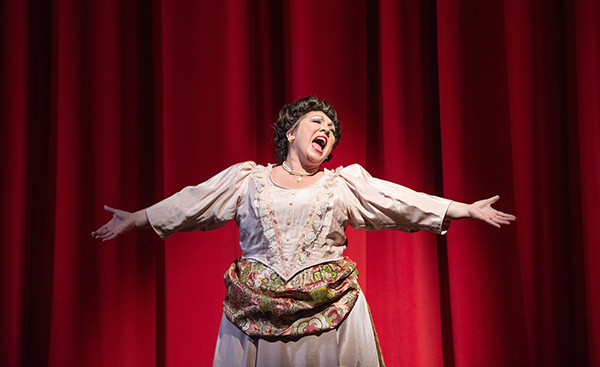
The story line has its origin in an 1855 play and an 1842 farce that Thornton Wilder mined for his 1938 play The Merchant of Yonkers. When that turned out to be a flop, in 1954 Wilder made the crucial decision to re-center the show around the character of the legendary marriage broker Dolly Gallagher Levi and renamed it The Matchmaker. Turned into a musical by Jerry Herman and Michael Stewart and renamed Hello, Dolly!, the show opened in 1964, ran for a then-record of 2,844 performances plus four revivals, and won ten Tony Awards.
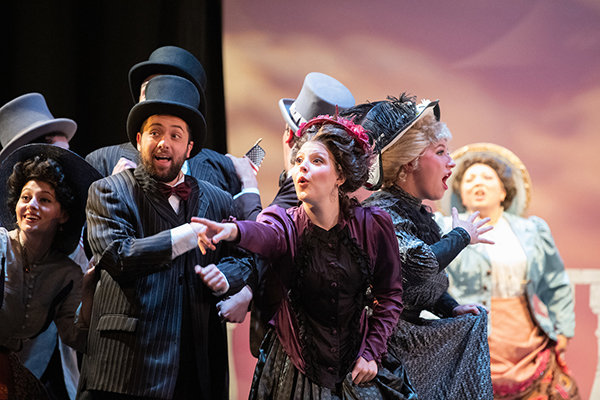
Horace is bound for Manhattan to march in a parade, and with Dolly’s assistance, to propose to the milliner Irene Malloy (Sarah Best). His pathetic store assistants Cornelius Hackl (Spencer Reese) and Barnaby Tucker (Jonathan Heller) take advantage of his absence to steal an evening off for an adventure in the city.
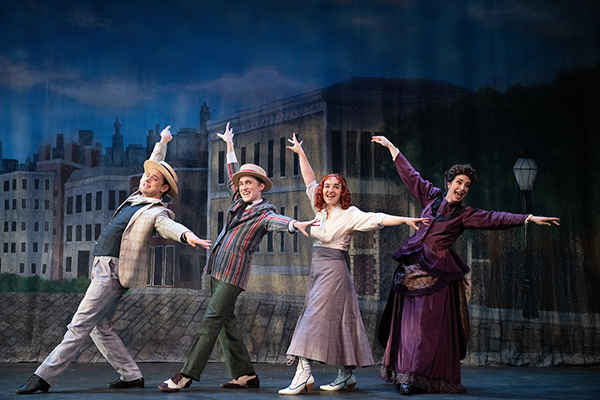
At this point, something quite magical happened in Wooster. Michelle Pedersen had taken a while to live into her character, but Dolly emerged in full force during the parade scene, and swept the rest of the cast along with her into the restaurant, where the corps of servers treated the matchmaker to a heroine’s welcome in a big production number featuring the title song. This is a show with a single big tune, and the full cast sang it lustily.
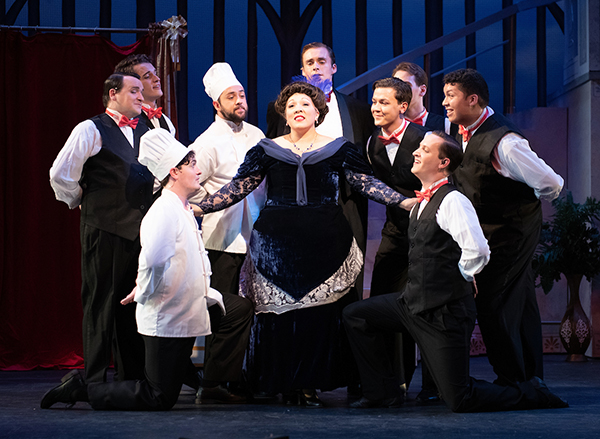
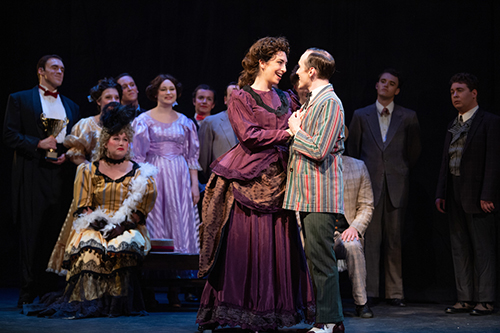
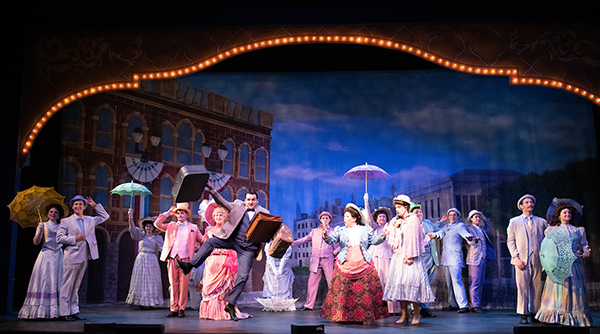
Not to mention Carol Channing, Mary Martin, Barbara Streisand, Pearl Bailey, Bette Middler, and most recently, Michelle Pederson, for their joint contributions to the character of Dolly Gallagher Levi.
Photos: Matt Dilyard.
Published on ClevelandClassical.com June 28, 2022.
Click here for a printable copy of this article

